
Do you have a question about the Dodge 2004 AN Dakota and is the answer not in the manual?
| Brand | Dodge |
|---|---|
| Model | 2004 AN Dakota |
| Category | Automobile |
| Language | English |
Important safety warnings and cautions for operating procedures and vehicle care.
Warning about potential negative effects of vehicle modifications on safety and roadworthiness.
System to ensure rear doors can only be opened from outside for child safety.
Information on safety features including seat belts and airbags for occupant protection.
Details on how to properly use lap/shoulder belts for maximum safety in collisions.
Explains front airbag system as a supplement to seat belts for driver and passenger safety.
Guidance on selecting and using appropriate child restraints for infants and young children.
Advice on using seat belts for children too large for booster seats and proper positioning.
Information on seat adjustment, reclining, and power seat features for comfort and ergonomics.
Explanation of cruise control operation, activation, setting, and deactivation for consistent speed.
Details on HomeLink universal transceiver for operating garage doors and gates.
Safety warning regarding carbon monoxide risks with specific vehicle configurations.
Detailed explanation of the various gauges and indicators on the instrument cluster.
Comprehensive guide to operating the RAZ radio system, including tape, CD, and changer functions.
Overview of heating and ventilation controls, including mode settings for interior climate.
Instructions for operating the air conditioning system, fan control, and temperature settings.
Procedures for starting the engine correctly under various conditions to ensure proper operation.
Guidance on shifting gears for automatic and manual transmissions, including proper range selection.
Explanation of the 4WD system, transfer case modes, and operating procedures.
Instructions on applying, releasing, and parking on hills using the parking brake.
Details on brake system operation, including anti-lock systems and hydraulic function.
Essential information on tire markings, safety, and proper usage for vehicle control.
Guidance on selecting the correct type and octane of fuel for optimal engine performance.
Critical safety information on preventing carbon monoxide poisoning from exhaust gases.
Guidelines for calculating and managing vehicle load limits for safety and performance.
Comprehensive requirements and recommendations for safe trailer towing.
Procedures for preparing 4x4 vehicles for recreational towing behind a motorhome.
Step-by-step instructions for safely changing a flat tire.
Detailed procedure for changing a vehicle tire, including safety precautions.
Safe procedures for jump-starting a vehicle's battery using jumper cables.
Guidelines and recommendations for safely towing a disabled vehicle.
Explanation of the OBD II system and its role in monitoring vehicle emissions and performance.
Information on emissions testing requirements and how to check OBD system readiness.
General procedures for routine vehicle maintenance tasks.
Guidance on checking engine oil level, selection, and changing frequency.
Information on cooling system inspection, maintenance, and coolant handling.
Details on brake system components, operation, and maintenance.
Recommendations for cleaning and protecting the vehicle's body and paint from corrosion.
Scheduled maintenance for emission control systems to ensure proper function.
Information on emissions testing procedures and OBD system readiness checks.
Maintenance schedule for vehicles operated under severe conditions.
Maintenance schedule for vehicles operated under normal conditions.
Advice on how to prepare for and interact during vehicle service appointments.
Information on how the manufacturer and dealers support customer satisfaction and resolve issues.
Reference to warranty coverage details and transfer information.
Procedures for reporting vehicle safety defects to NHTSA and the manufacturer.
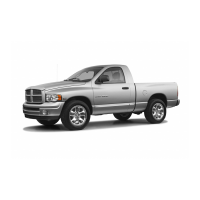
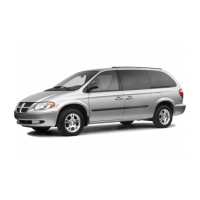
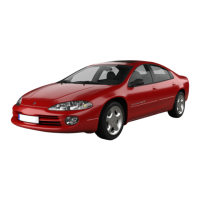
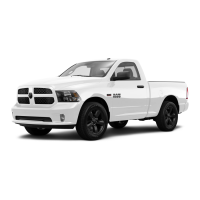
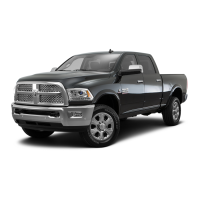
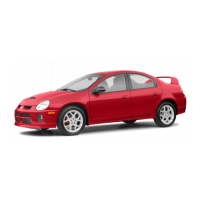


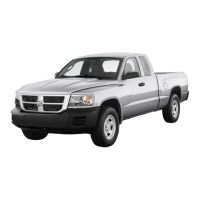
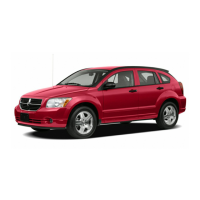

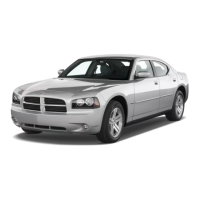
